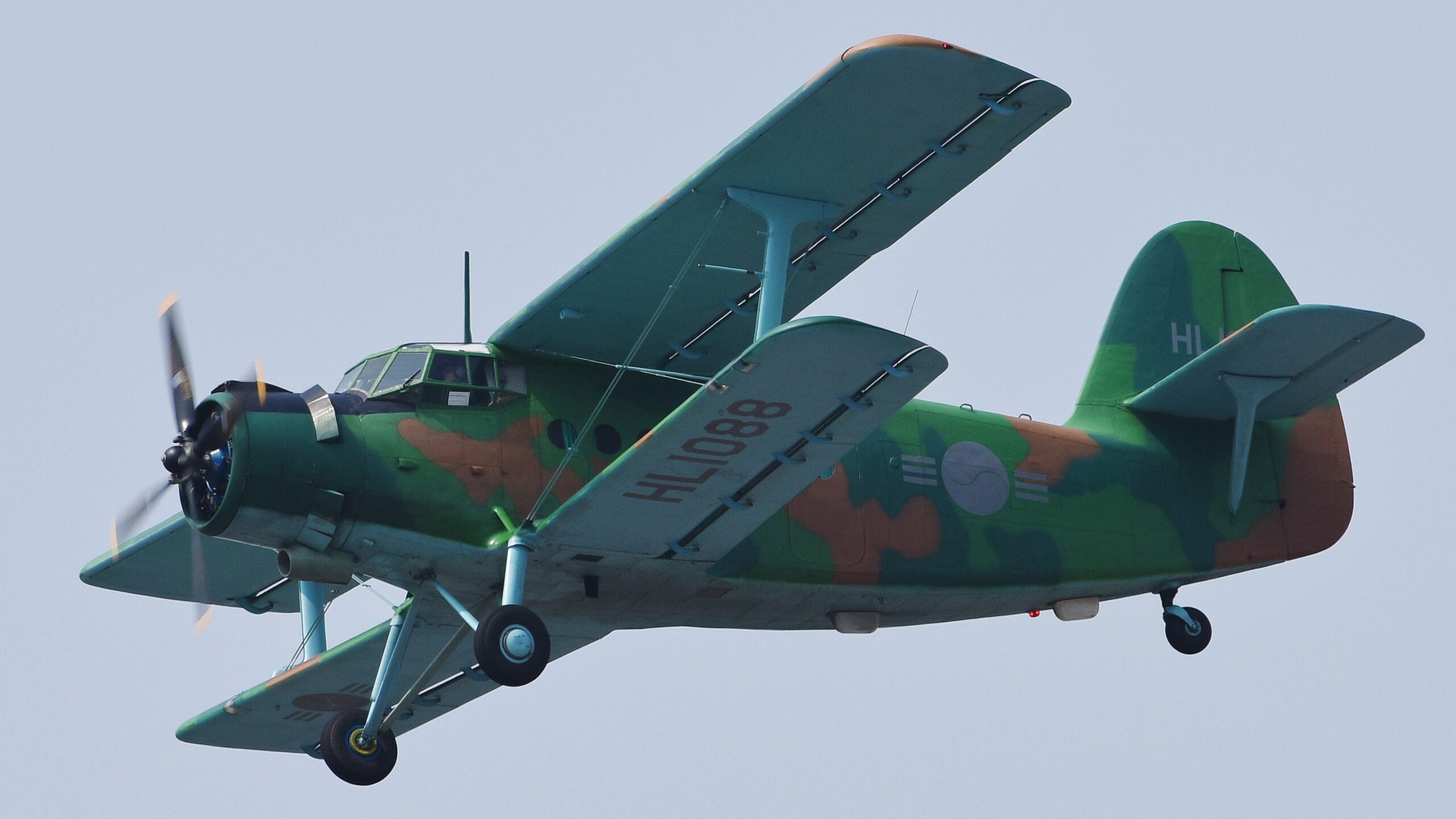In the past, we’ve looked in some detail at the role that North Korea’s antiquated An-2 Colt biplanes could likely play in a conflict on the Korean peninsula, one that would embroil forces from the North, the South, and the United States. Among Kim Jong Un’s ramshackle air force, the An-2 has received a fair degree of coverage, boosted no doubt by its veteran biplane looks. On the other side of the DMZ, however, there exists a much more secretive military An-2 force — operated by North Korea’s foe, the Republic of Korea Air Force (ROKAF).
First, of the An-2, it’s worth remembering that when this rugged utility aircraft first appeared in 1947 it was already considered an anachronism, thanks to its biplane layout and wings and tail covered partly in fabric. That configuration was chosen by designer Oleg Antonov since it offered the best combination of light weight and low-speed performance; in fact, the aircraft manual has no stall speed.
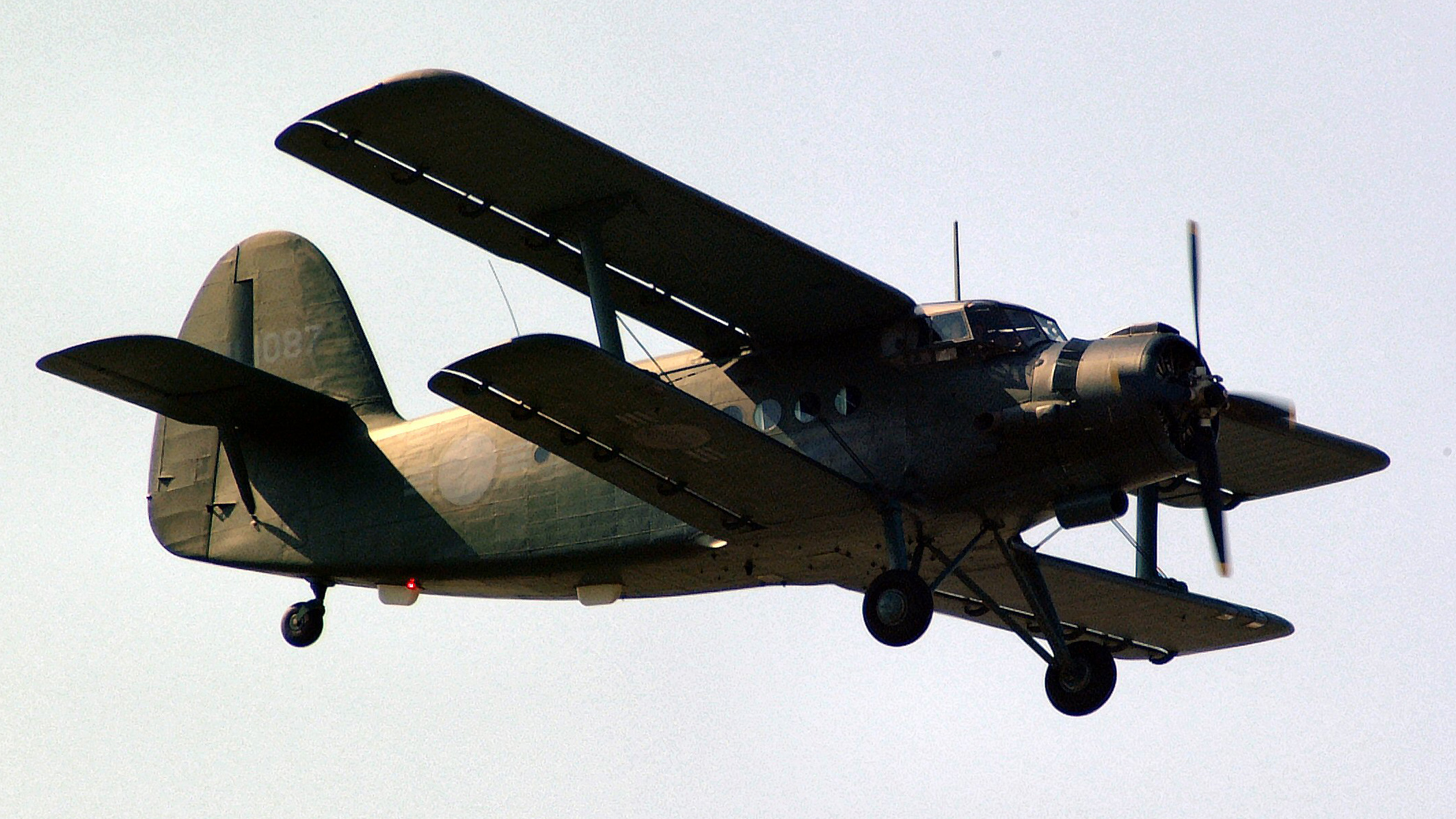
That capability made the An-2 perfect for applying chemicals over the Soviet Union’s vast collective farms, but also made it ideal for flying low and slow — across the DMZ, for example. After all, should conflict break out on the Korean peninsula, it’s widely expected that huge numbers of North Korean An-2s would swarm into South Korean airspace and deliver special forces troops directed against key targets. As well as delivering shock troops, An-2s can be armed with freefall bombs and rockets and could be expected to fly night-harassment sorties of the kind that plagued U.S. and U.N. forces during the Korean War.
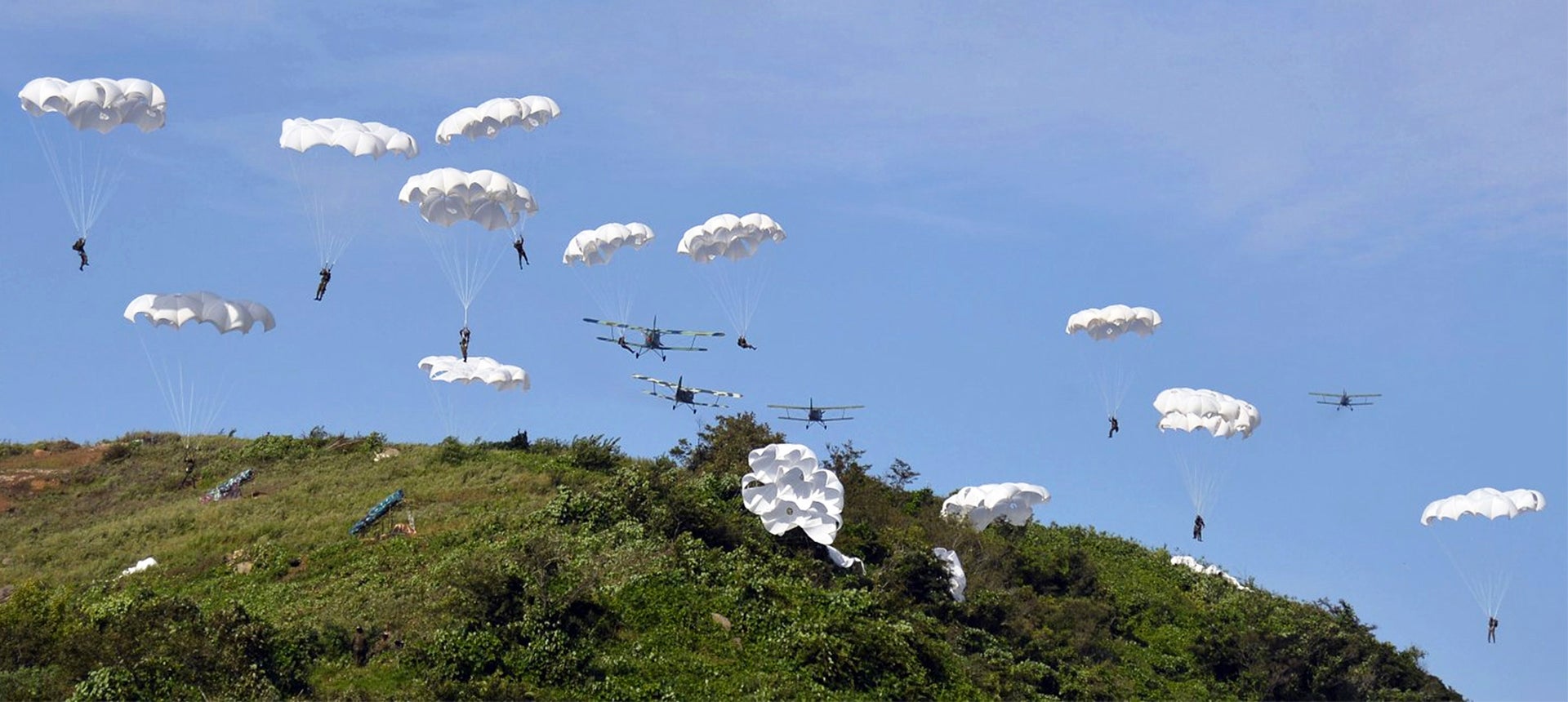
Keenly aware of this potential slow-moving threat, South Korea has also built up a fleet of An-2s which are used as aggressors to train how best to defend against these tricky targets. For ROKAF fighters, in particular, detecting and shooting down a ground-hugging An-2 is by no means easy, so it makes sense to train aerial gunnery skills regularly against the biplanes. The same goes for ground-based air defenses, especially short-range air defense systems (SHORADS) and perhaps naval anti-aircraft systems, too. Indeed, the An-2s are located at Seongmu, only a few minutes flying time away from Cheongju, home to the ROKAF’s fighter tactics brains trust and its F-16 aggressor unit.
For added realism, the ROKAF An-2s can also deliver troops representing the ‘red forces’ during anti-infiltration exercises, either delivering them to short stretches of fields or highways or by parachute. The Colt is an ideal paratrooping platform and is still used for jump training, even by some NATO air forces.
Meanwhile, the U.S. Air Force also makes use of the An-2, the 6th Special Operations Squadron employing the type as part of a diverse fleet for its combat aviation advisory mission, helping teach instructors who, in turn, provide training to foreign air forces. Other An-2s have been operated by the U.S. Army at White Sands Missile Range, while the Marine Corps has made use of leased examples for weapons and tactics training, too.
U.S. Army and Latvian special forces practice high-altitude low-opening parachute training from a Latvian Air Force An-2:

To make them more realistic in their ‘red air’ role, the ROKAF An-2s are painted to replicate their North Korean counterparts, mimicking the green and brown camouflage pattern on the upper surfaces and pale blue undersides. Before the North Korean fleet switched to these colors, the ROKAF Colts wore the same dark green upper-surface paint scheme.
On the other hand, it’s conceivable that the ROKAF might at least train to use the An-2 in just the same way as its adversary to the north. In this way, South Korean special forces could turn the tables on their enemy, adopting similar tactics to infiltrate its airspace. While these kinds of tactics seem more redolent of World War II special operations missions, it is not beyond the realms of credibility that they could be employed in certain scenarios.
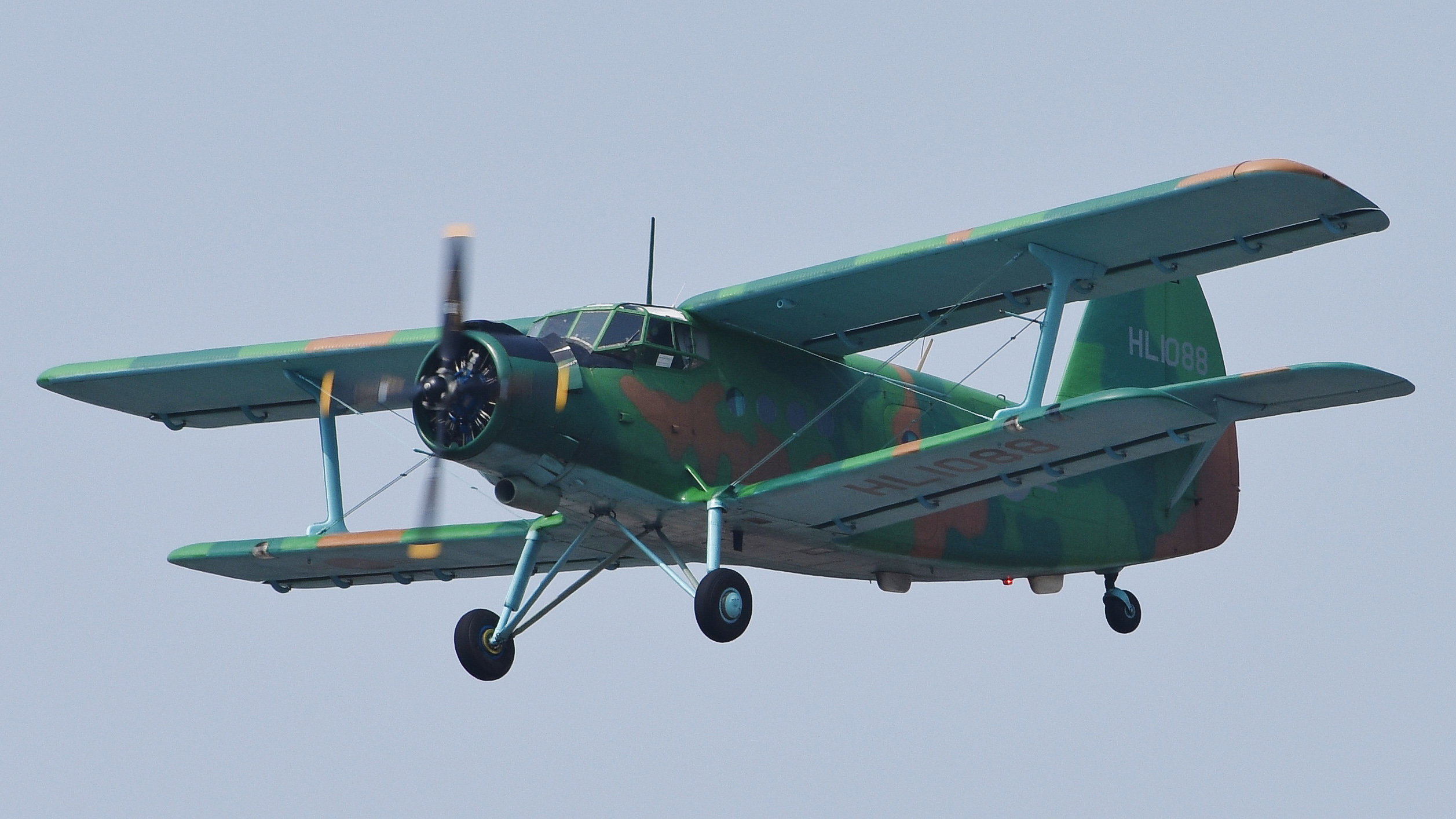
In a worst-case scenario, it might not be a stretch to imagine radial-engine biplanes crossing the border in both directions, carrying special operators deep behind enemy lines.
Exactly how many An-2s are in the ROKAF fleet is hard to determine. Many authoritative inventories make no mention of these aircraft. Clearly, their presence is somewhat clandestine, reinforced by the use of civil registrations. These run from HL-1082 through HL-1091, suggesting at least nine could be in use. Two examples are known to have been lost in accidents, after engine failures in May 2009 and June 2015. Another aircraft was involved in an emergency landing in a river in February 2016.
Satellite imagery from April 2019 shows seven An-2s parked outside their hangars at Seongmu Air Base.
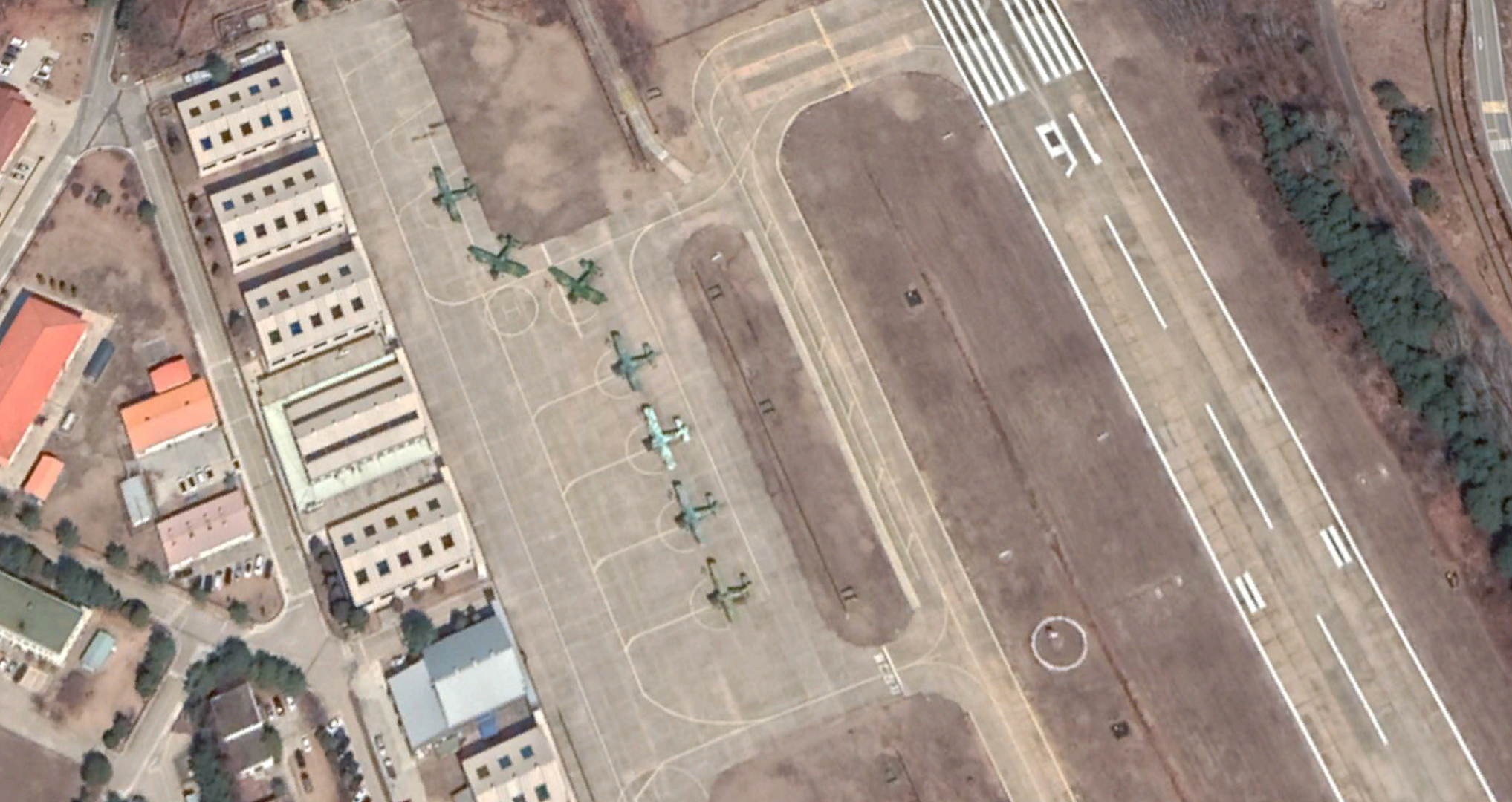
While the ROKAF An-2s didn’t come from Russian stocks, it’s worth noting that Soviet- or Russian-designed equipment is not altogether uncommon in the South Korean armed forces, despite the country’s enduring military relationship with the United States.
With significant debts owed to Seoul by Moscow, Russia transferred Kamov Ka-32 Helix helicopters and Ilyushin Il-103 basic trainers to the ROKAF in the early 2000s. The seven coaxial-rotor Ka-32s, which are locally designated HH-32A, are used for search and rescue, equipped with night-flying equipment, and also have a secondary firefighting role. A total of 23 Il-103s, known as T-103s, were acquired for the Air Force Academy, which shares its Seongmu base with the An-2s, but they have since been replaced by the indigenous Korea Aerospace Industries KT-100. Neither of these types is operated by North Korea.
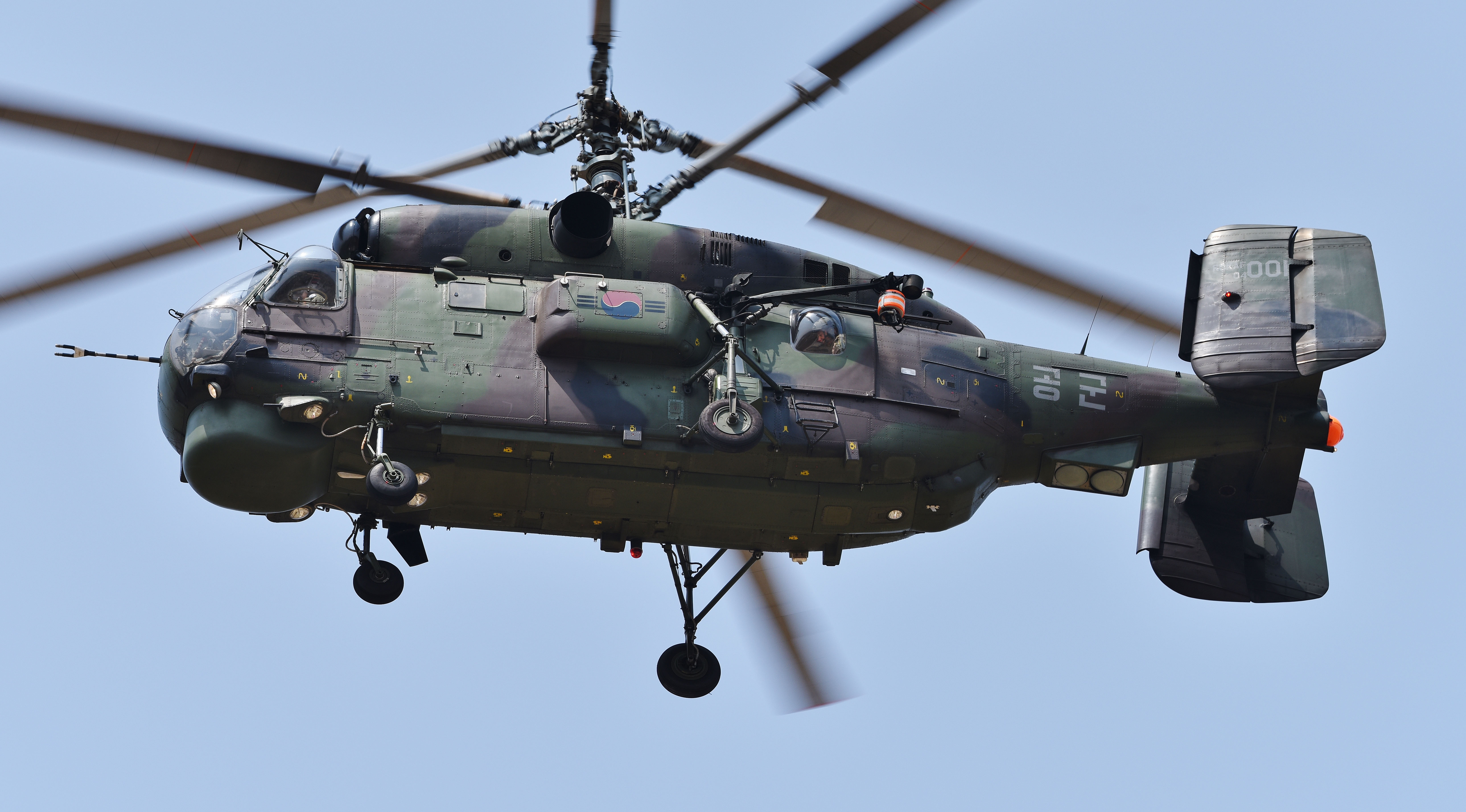
With its legendary resilience and reliability, there is no reason that the veteran An-2 will depart ROKAF service any time soon. After all, as long as North Korea continues to operate these enigmatic biplanes, we can expect the air force of its southern neighbor to do the same.
Contact the author: thomas@thedrive.com
